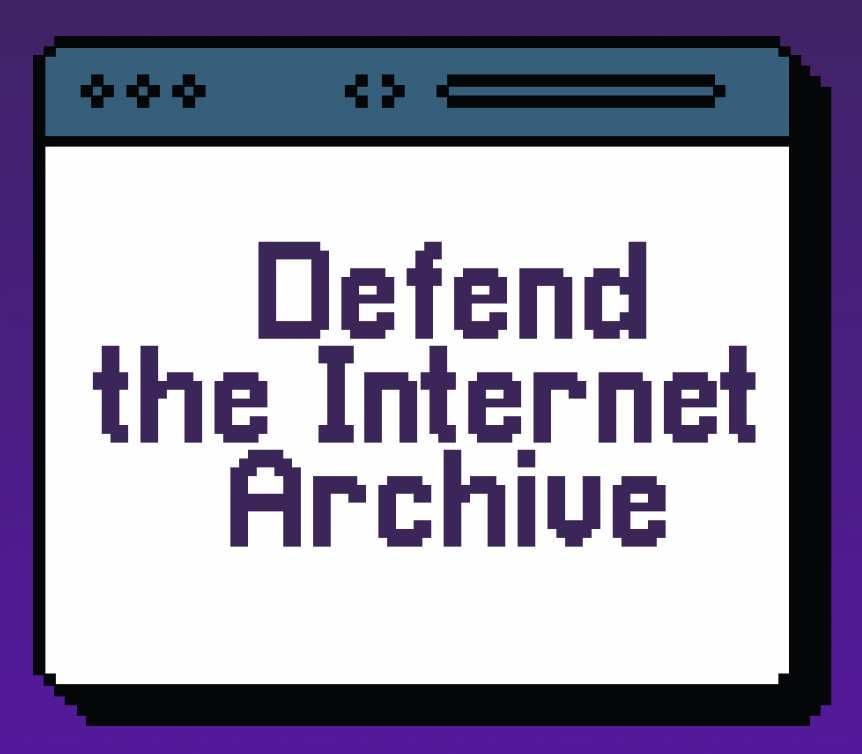-=See edit at bottom=-
I was trying to set up a family member up with Linux as a windows replacement. I installed MX Linux xfce on their laptop with separate “/” and “/home” partitions.
Through a comedy of errors, the following occurred:
- On day one, Timeshift was configured to take weekly snapshots of the system files AND their user home folder.
- The initial timeshift snapshot was begun, and then cancelled when they discovered that home files aren’t the intended target, but they noticed growing snapshot files, indicating the cancelation wasn’t complete.
- NCDU was used to remove the files in /home/timeshift
- The family member’s only copies of three days of paid work in a writing program called Bibisco (Java app) disappeared after reboot
The system was rebooted twice before the cause was discovered and shutdown with minimal (5min) use.
I’ve never done any ext4 data recovery, but the tools in Kali seem geared toward common and known filetypes (pdf, jpg, etc).
Should I be looking to restore the timeshift files, or the writing documents (with .bibisco2 file extensions)?
Is this a lost cause?
Edit: Thank you everyone for your helpful comments. In the end, time was against us and the choice was made to reinstall. After I realized the document files are just json, I looked in three Kali carving apps and the photorec app, and there were no files to recover. The freah install now has eclone set up to push regular updates from the bibisco folder to the cloud. Lesson learned.


Bibisco2 is a JavaScript app, unlike version 1. It seems .bibisco2 files are only created when exported, otherwise it’s in a database somewhere. You can add custom formats in recovery tools like TestDisk and Photorec. I could look around and see if the database or the bibisco2 export files have a header, which I think is required to add a format.
Edit: Nevermind, there’s a paid version which creates bibisco2 files automatically.
Yes, the paid version (in use here) can create those bibisco2 files, though only the auto-save backups are by default. As you said, by default, the work is in a type of database format with a gibberish GUID-like naming convention.
It’s the auto-save files we’re after.
I’m getting setup with an external drive large enough to write recovered files to, but I don’t like my odds at discerning how to add custom formats based on headers. I’ll watch some tutorials and see what I make of it.
Thanks for your comment!!!